- Augmented and Virtual reality is the future
You will probably never buy perfume online because you can't smell it- well not yet. But could be it be possible if a person could feel a simulation of an experience online? The possibilities are endless. In fact some brands have already designed worlds where consumers can virtually shop in a store and try items on themselves.
For example, I recently tried on a lipstick using Sephora's Visual Artist tool on its ios app. Through augmented reality I can try on various makeup products, the app can detect my facial features effortlessly. Another example is DITTO technology which helps in a virtual try on for glasses and frame recommendation for eyewear companies. No need to run to the store to try them out. There are many possibilities where augmented and virtual reality can give customers a more practical idea of what the actual experience will be like - or help them at various stages of customer journey. Healthcare and hospitality are industries where augmented reality would be really helpful. - Boosting mobile experience
Customer experience experts have predicted that mobile will have an even more striking role in digital CX in the coming days. Even though the mobile industry has already managed its way to be the core of digital marketing, there is still lots of room for development in this area. With nearly 4.3 billion mobile phone users globally, this is a shift that is bound to happen.
As per a study carried out by WOW Local Marketing, more than half (52%) of customers are less inclined to engage with a company due to a poor mobile experience. A bad mobile design could be due to slow loading times, bad in-app navigation or missing data eg. customer center details.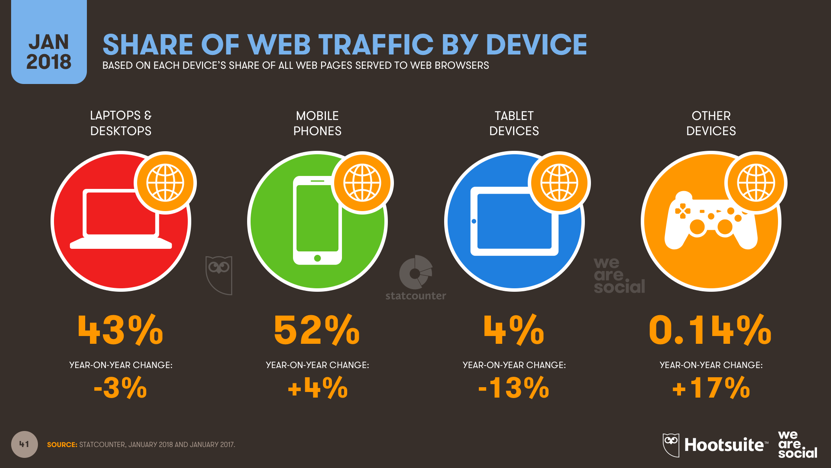
Source - Biometrical Authorization
Apps that use biometric-based login can bypass the need for a password login method which is not very safe to start with. With biometrics, all that's required is a feature authentication like facial recognition, fingerprints scanning, or voice recognition. More and more people are using biometric authorization as a replacement for passwords. According to Apple, an average iPhone user unlocks there device 80 times per day, and 89% use Touch ID to unlock. In coming future, we will see biometrics being more accessible and also be used for authentication and identity purposes. Biometric improves security for both end-users and businesses that consolidate this technology into their mobile apps. Face ID which has become a huge success with iPhone X has the promise to become the most natural way of authentication in the coming year. Maybe face id will replace touch id in the future.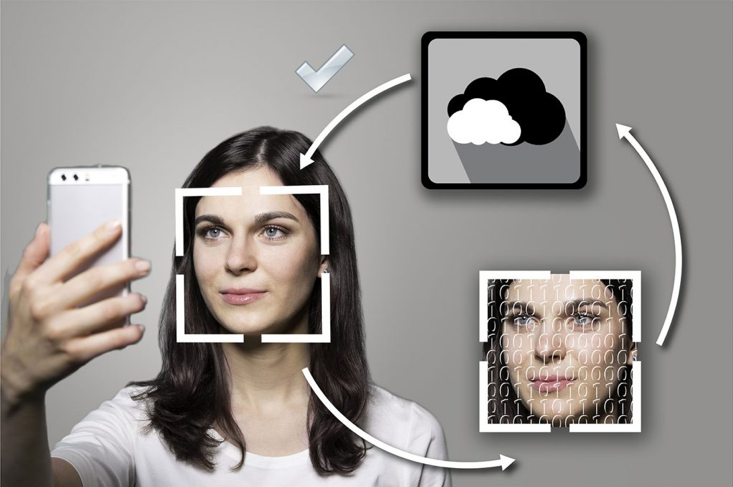
Source - Companies Embrace Data To Add Value To Customers' Lives
It is not possible for a human to comb through the huge amount of data that companies deal with today. When it comes to brushing through massive amounts of data in real time to decide the most suitable next action to the customer, a machine is completely better at it.
For example, Sprint uses data to create excellent customer engagement. In 2014, Sprint had a customer attrition rate of 2.3%. They were banking on customer experience agents - who were relying on their own analysis i.e. to look through the huge bunch of data to identify how to best assist the customer. While deciding, the agent had to look through 20 or more offers, and pick the best offer that suited the customer, while being on the phone with the customer. Customers hate waiting, and it took forever for these agents to look through large amounts of information.
Sprint required to get away from relying on its agents to make real-time resolutions. After executing a data solution from Pegasystems, Sprint gained predictive and self-learning analytics to find personalized retention offers. Sprint reduced customer attrition by 10% its personal best and increased its NPS(net promoter score) by 40% hence improving the customer satisfaction. - Smarter personalization
Apps that use biometric-based login can bypass the need for a password login method which is not very safe to start with. With biometrics, all that's required is a feature authentication like facial recognition, fingerprints scanning, or voice recognition. More and more people are using biometric authorization as a replacement for passwords. According to Apple, an average iPhone user unlocks there device 80 times per day, and 89% use Touch ID to unlock. In coming future, we will see biometrics being more accessible and also be used for authentication and identity purposes. Biometric improves security for both end-users and businesses that consolidate this technology into their mobile apps. Face ID which has become a huge success with iPhone X has the promise to become the most natural way of authentication in the coming year. Maybe face id will replace touch id in the future.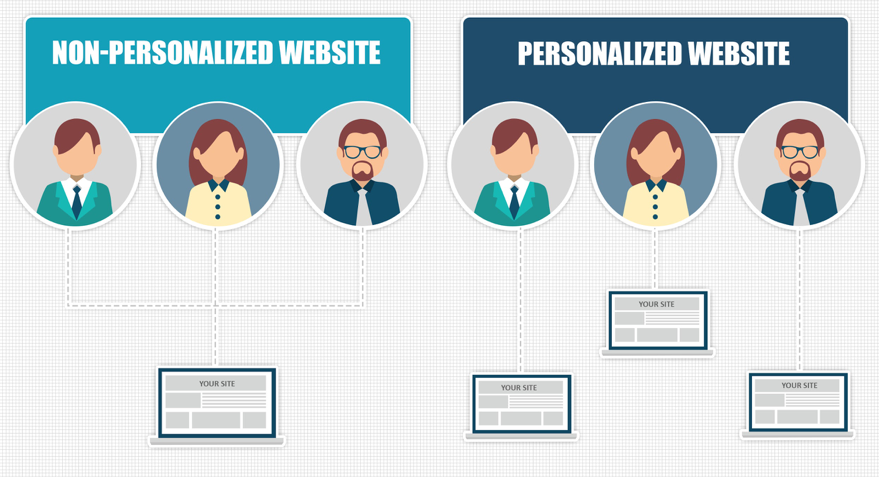
Source - Conversational design
A comScore study says that the average user uses around three apps very frequently, and one of them is mostly a messaging app. People love conversing and maybe that is why chatbots and voice-activated assistants powered by AI and machine learning, are a trending customer experience. Chatbots are integrated into messaging platforms (such as Facebook Messages) to serve as assistants. While humans need to sleep, conversational agents are accessible 24/7, releasing companies the need to employ staff for day and night. Conversational agents can help users to get relevant information such as weather reports, transit schedules, package status, faster than online searches.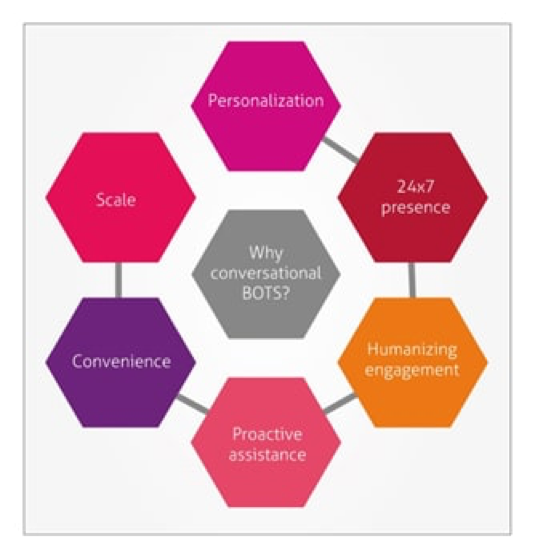
Source - White Spacing/Minimalism
Whitespace! Whitespace also known as negative space is one of the most underutilized elements that make up a great web design. The truth is that whitespace is one of the most valuable parts of the design. Think of it as the breathing room around page elements. While it's not a new concept, changes in people's reading habits have pushed companies to put more focus on whitespace. Using whitespace makes the users reading experience more focused on the content of a page without feeling overwhelmed.
Eg, Asana is a website that uses white space tactfully on its homepage to focus a user's attention on one task. More sign ups,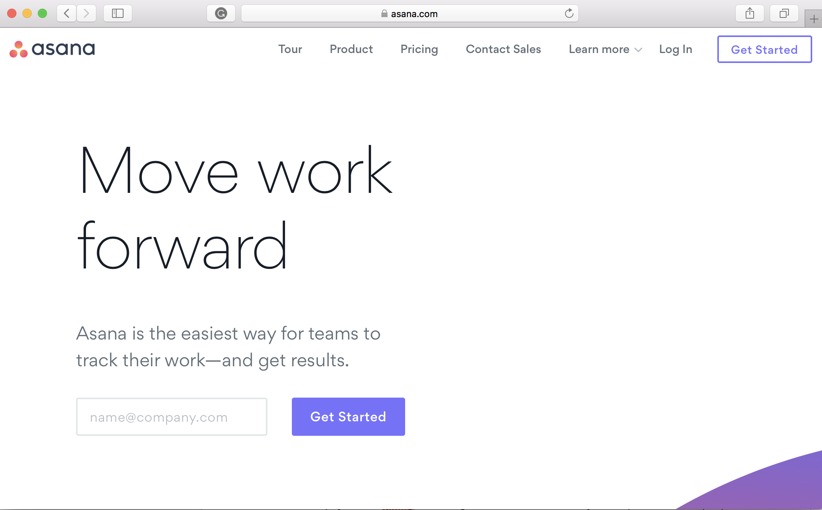




FACEBOOK COMMENTS WILL BE SHOWN ONLY WHEN YOUR SITE IS ONLINE